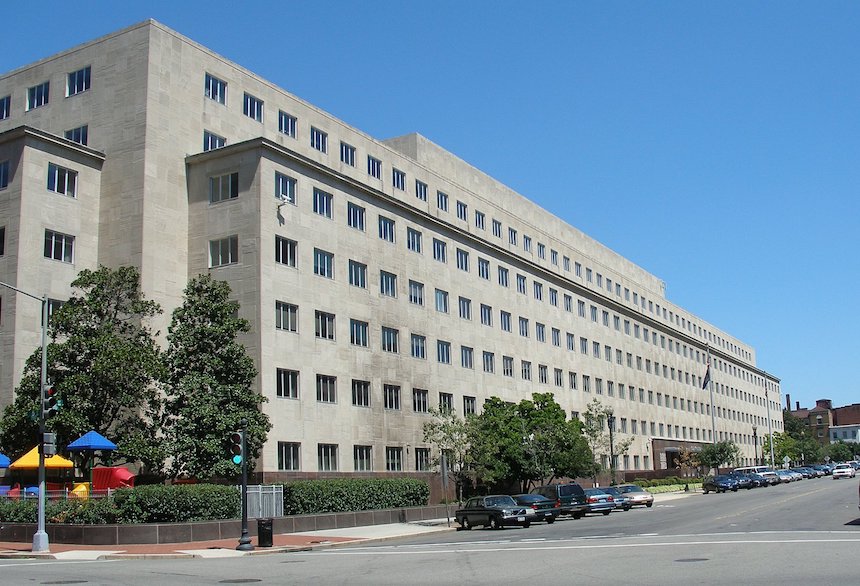
Violent extremism — generally defined as ideologically, religious, or politically motivated acts of violence — has been perpetrated in the United States by white supremacists, anti-government groups, and radical Islamist entities, among others. In 2011, the U.S. government developed a national strategy and Strategic Implementation Plan (SIP) for countering violent extremism (CVE) aimed at providing information and resources to communities. In 2016, an interagency CVE Task Force led by DHS and DOJ was created to coordinate CVE efforts.
GAO says that itwas asked to review domestic federal CVE efforts. The agency’s report — Countering Violent Extremism: Actions Needed to Define Strategy and Assess Progress of Federal Efforts — addresses the extent to which (1) DHS, DOJ, and other key stakeholders tasked with CVE in the United States have implemented the 2011 SIP, and (2) the federal government has developed a strategy to implement CVE activities, and the CVE Task Force has assessed progress.
GAO notes it assessed the status of activities in the 2011 SIP; interviewed officials from agencies leading CVE efforts and a non-generalizable group of community-based entities selected from cities with CVE frameworks; and compared Task Force activities to selected best practices for multi- agency efforts.
The GAO report found that as of December 2016, the Department of Homeland Security (DHS), Department of Justice (DOJ), Federal Bureau of Investigation, and National Counterterrorism Center had implemented 19 of the 44 domestically-focused tasks identified in the 2011 Strategic Implementation Plan (SIP) for countering violent extremism (CVE) in the United States. Twenty-three tasks were in progress and no action had yet been taken on two tasks.
The 44 tasks aim to address three core CVE objectives: community outreach, research and training, and capacity building. Implemented tasks include, for example, DOJ conducting CVE outreach meetings to communities targeted by violent extremism and DHS integrating CVE content into law enforcement counterterrorism training. Tasks in progress include, for example, DHS building relationships with the social media industry and increasing training available to communities to counter violent extremists online. Tasks that had not yet been addressed include, implementing CVE activities in prisons and learning from former violent extremists.
Federal CVE efforts aim to educate and prevent radicalization before a crime or terrorist act transpires, and differ from counterterrorism efforts such as collecting evidence and making arrests before an event has occurred.
“The federal government does not have a cohesive strategy or process for assessing the overall CVE effort,” GAO says. Although GAO was able to determine the status of the 44 CVE tasks, it was not able to determine if the United States is better off today than it was in 2011 as a result of these tasks. This is because no cohesive strategy with measurable outcomes has been established to guide the multi-agency CVE effort. Such a strategy could help ensure that the individual actions of stakeholder agencies are measurable and contributing to the overall goals of the federal government’s CVEeffort. The federal government also has not established a process by which to evaluate the effectiveness of the collective CVE effort.
The CVE Task Force was established in part to evaluate and assess CVE efforts across the federal government, but has not established a process for doing so. Evaluating the progress and effectiveness of the overall federal CVE effort could better help identify successes, gaps, and resource needs across stakeholder agencies.
GAO said it recommends that DHS and DOJ direct the CVE Task Force to (1) develop a cohesive strategy with measurable outcomes, and (2) establish a process to assess the overall progress of CVEefforts. DHS and DOJ concurred with both recommendations and DHS described the CVE Task Force’s planned actions for implementation.
— Read more in Countering Violent Extremism: Actions Needed to Define Strategy and Assess Progress of Federal Efforts, GAO-17-300 (6 April 2017)
For more on U.S. violent extremism, Homeland Security News Wire

